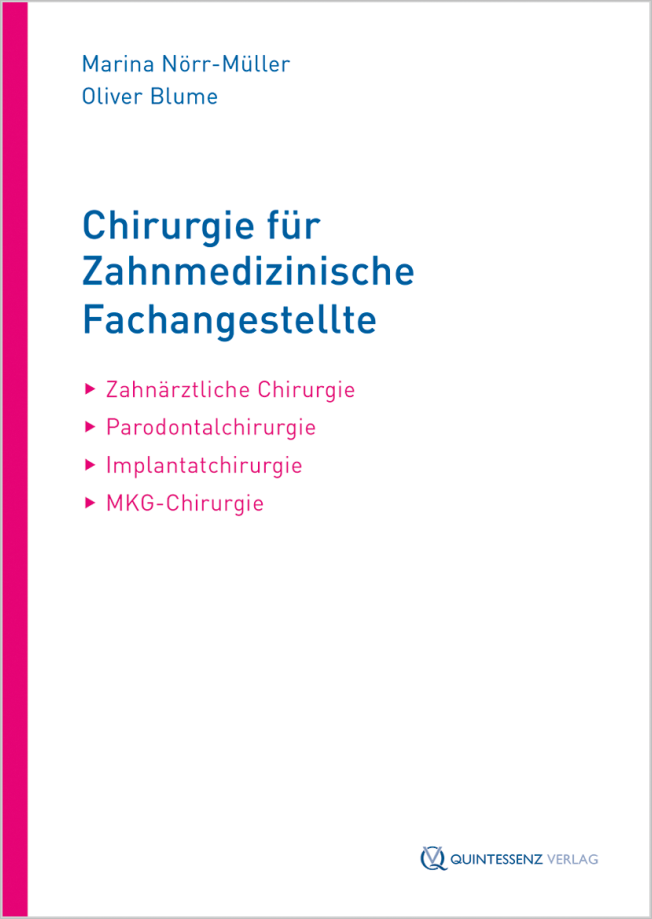The International Journal of Oral & Maxillofacial Implants, 4/2021
DOI: 10.11607/jomi.8682Seiten: 762-770, Sprache: EnglischBlume, Oliver / Wildenhof, Jan / Otto, Sven / Probst, Florian A
Purpose: The aim of this study was to investigate the influence of different clinical parameters on the primary stability of a variable thread tapered implant system with a focus on surgical undersizing protocols.
Materials and methods: This retrospective study evaluated patients who received NobelActive implants in a single institution. The relationship between the independent variables, bone quality, implant diameter, implant length, implantation time, region of the jaw, and surgical undersizing protocol, and the dependent variable, maximum insertion torque, was investigated. Statistical analysis was conducted using analysis of variance (ANOVA) and multiple linear regression.
Results: A total of 1,292 implants placed in 574 fully or partially edentulous patients were evaluated. For the total sample size, without further differentiation between bone qualities, statistically significantly higher primary stability values were shown for an 8% to 9% undersized group (50.33 ± 17.16 Ncm), compared with a 16% undersized group (41.88 ± 17.63 Ncm), a 20% undersized group (33.65 ± 15.78 Ncm), a 26% to 28% undersized group (34.53 ± 15.49 Ncm), and a 35% to 44% undersized group (32.78 ± 18.80 Ncm). No statistical differences were found for undersizing protocols in bone quality 4. Bone quality had the highest influence on primary stability (Welch-Test F(3, 65.57) = 119.48, P < .001, η2 = .20). Contrary to the other investigated independent variables, no statistically significant differences in primary stability were found for the different implantation times.
Conclusion: Undersizing protocols exceeding 8% to 9% do not seem to enhance primary stability values. Further studies are needed to investigate the biologic consequences of undersizing, including the impact of implant design characteristics.
Schlagwörter: bone quality, primary stability, tapered dental implant, undersized drilling protocol
Implantologie, 4/2019
Seiten: 363-372, Sprache: DeutschBlume, Oliver / Back, Michael / Born, TeresaDer Rekonstruktion von Ober- und Unterkiefer zur simultanen oder späteren Insertion dentaler Implantate kommt in der Zahnmedizin und Mund-, Kiefer- und Gesichtschirurgie ein wichtiger Stellenwert zu. Bei jedem Eingriff stellt sich dabei die Frage, welche Behandlung für den Patienten am besten geeignet ist. Vor allem Patienten, die über eine schlechte Eigenknochenqualität verfügen oder sich eine weniger schmerzhafte Behandlung wünschen, können maßgeblich vom Einsatz allogener Knochenpräparate profitieren. Die langjährige Erfahrung der Autoren mit dieser Klasse von Knochenersatzmaterialien zeigt, dass sich auch größere knöcherne Defekte vorhersehbar und klinisch langzeitstabil versorgen lassen.
Schlagwörter: Knochenersatzmaterialien, Augmentation, allogen, Sinuslift, Blockaugmentation, Implantation





